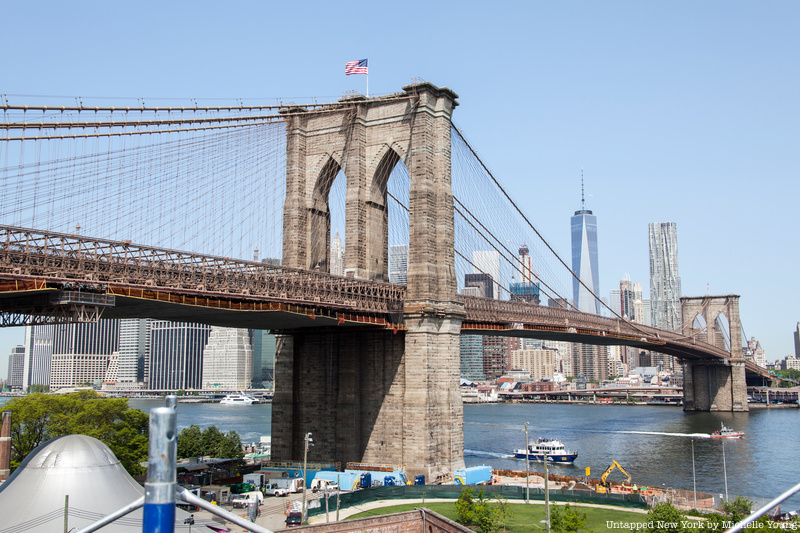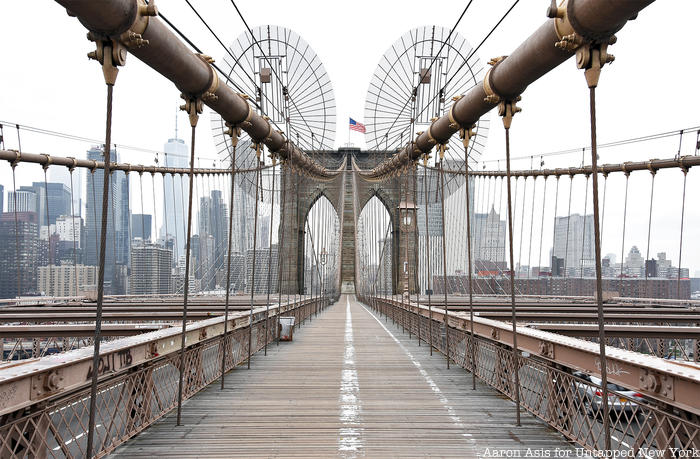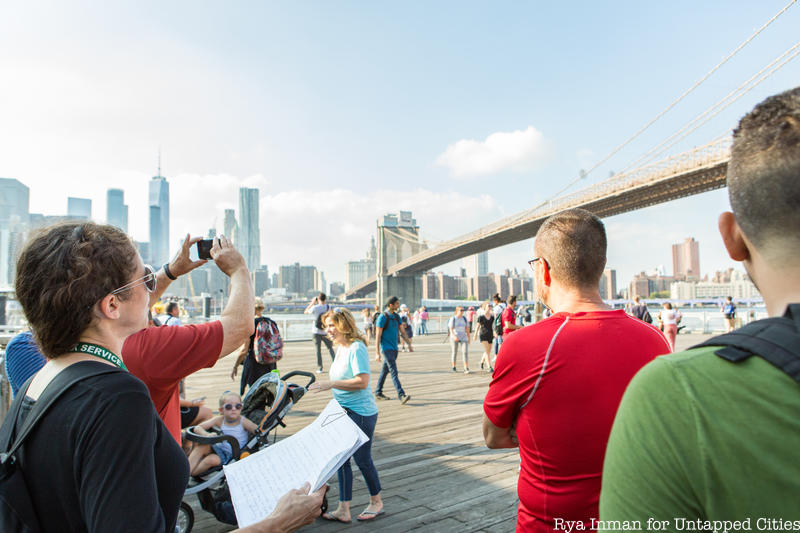
Some say the Roebling family was cursed. Patriarch John Augustus Roebling, the innovative engineer who designed the Brooklyn Bridge, died before it was complete. He caught a fatal infection after his foot got stuck and crushed between a ferry and the dock. His son, Washington Roebling stepped in to fill his place but soon he too fell ill. Before the bridge was finished, Washington became incapacitated by a debilitating case of caissons disease or the bends. He would suffer from paralysis, deafness, and partial blindness for the rest of his life. The monumental task of bringing the construction of the Brooklyn Bridge to the finish line then fell to Washington’s wife, Emily Roebling. Today, on the 140th anniversary of the bridge’s 1883 opening, we look back at Emily’s incredible life!
1. She Served as a “Surrogate Chief Engineer” and Completed the Brooklyn Bridge

Emily was born into a wealthy family in Cold Spring, New York in 1843. She was sent to an elite girl’s prep school, Georgetown Visitation Convent for education. Upon meeting, Emily and Washington quickly fell in love and were married in 1864. The solid foundation of Emily’s education would help her in her future endeavors.
After Washington Robeling fell ill, it was largely Emily’s tenacity and know-how that can be credited with forever bonding the Roebling name to the bridge’s legacy. Washington was never able to visit the construction site with his disease. He monitored the progress through the window of his home in Brooklyn Heights with the aid of a telescope while Emily traveled to the construction site in his place, but she was no mere messenger.
At first, Emily simply relayed Washington’s instructions to his assistant engineers. As much as she could, she hid her husband’s illness from the public, fearing his incapacitation would cause him to lose the contract for the bridge and his title of Chief Engineer. When Washington lost his vision to the point where he couldn’t even write, he dictated instructions to Emily. Emily, who was highly educated, became intimately familiar with the engineering of the bridge.
For a decade, “Mrs. Roebling applied herself to the study of engineering, and she succeeded so well that in a short time, she was able to assume the duties of chief engineer,” a friend told the New York Times in 1883, “Such an achievement is something remarkable.” The source goes on to give an example of Emily’s engineering knowledge, explaining how she sat in on a meeting with steel and iron mill representatives and helped come up with new patterns that were needed for the bridge. Not only did Emily Roebling, who was highly educated, oversee the engineering staff and construction, but she also became the public face of the bridge, negotiating with contractors, attending events, and fielding communications with reporters, trustees, and politicians.
Though she never claimed the title of engineer for herself publically, she boasted privately of her accomplishments. In a letter to her son, she wrote, “I have more brains, common sense, and know-how generally than any two engineers civil or uncivil that I have ever met, and but for me, the Brooklyn Bridge would never have had the name of Roebling in any way connected with it!”






